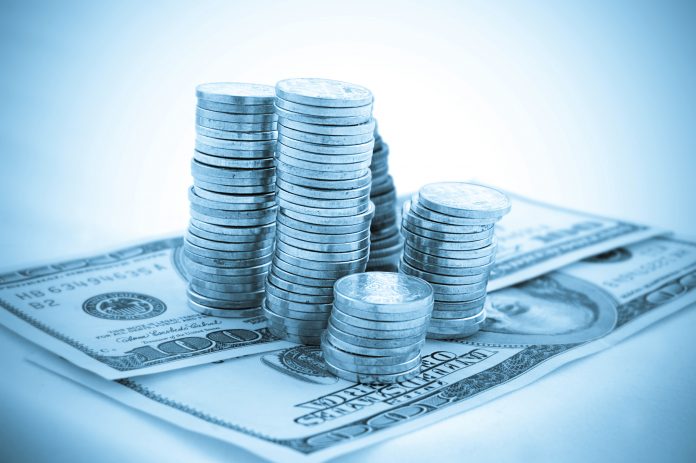The U.S. Dollar lost fully four percent of its value before regaining some of that lost ground back. The weakening followed Fed Chairman Jerome Powell’s comments that U.S. interest rates would stay near zero for an extended time, indeed well into 2022. The DXYDollar index, the index that measures the U.S. Dollar’s value against a basket of major currencies, fell from 99.86 to 95.96 before retracing to 97.66.
Whilst the U.S. Dollar has been holding its value due to its status as the reserve currency of the world, risks are rising for a potential dollar crisis. U.S. National debt hit 26 trillion dollars this year, representing 110% of GDP and double the already unsustainable level of 13 trillion dollars in 2010. Just how long the U.S. can issue unlimited debt without any hope of paying it back remains to be seen. Yet there are starting to be murmurings. Stephen Roach, Yale University senior fellow and former Morgan Stanley Asia chairman, believes that ballooning deficits will change the perception of the US currency and it may mean a “gut punch” to the greenback.
Whether that means that the U.S. Dollar will drop by a massive amount in a sudden overnight move is anyone’s guess, but regardless, the Dollar may have a difficult time remaining at its current elevated levels before long.
Against the Thai Baht the Dollar fell in almost a straight line from 31.98 to 31.00, a three per cent move. Yet it was not all down to dollar weakness. There is evidence that the Thai Baht itself also strengthened during the period to add to the move.
The British Pound staged an impressive rally from 1.2193 against the U.S. Dollar to hit a high of 1.2794, buoyed by Dollar weakness. Yet it gave back much of those gains as attention turned to the U.K,’s poor economic data. In addition, the Bank of England’s stimulus package further handed the reigns to the bears. The Pound dropped from the highs back down to 1.2348, giving up the key 1.25 handle.
UK debt is also now more than 100% of GDP, a level not seen since 1963. Against the Thai baht the Pound initially rose from 38.83 to hit 40.09 but gave back all the gains and then some more, settling at 38.26.
The Japanese Yen experienced a brief period of weakness, moving from 107.70 against the greenback to hit 109.74, but quickly regained strength and moved back to 106.86. When the cross rate falls it indicates that 1 U.S. Dollar buys less Yen, and so the Yen has strengthened. The JPYTHB cross rate fell from 0.294 to 0.2875, providing further indication of the Thai Baht’s strength.
The Russian Ruble was much more stable, strengthening slightly from 72.27 to 69.32 against the U.S. Dollar. This more muted move comes after increased volatility in the currency in previous months. Against the Thai Baht the Ruble was flat, trading at between 0.445 and 0.455.
The Euro was arguably the biggest beneficiary of U.S. Dollar weakness moving from 1.0891 to 1.1379 to the U.S. Dollar, before retreating to 1.1182. Against the Thai Baht, the rate moved from 34.82 to 35.75 before falling all the way back down to 34.59.









